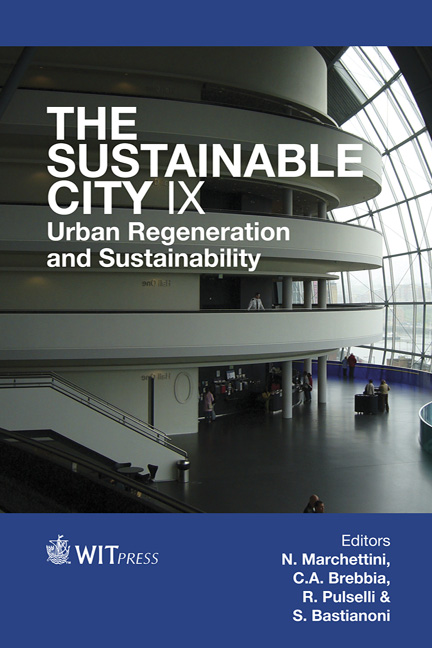Meeting An Expanding Human Population’s Needs Whilst Conserving A Threatened Parrot Species In An Urban Environment
Price
Free (open access)
Transaction
Volume
191
Pages
14
Page Range
1199 - 1212
Published
2014
Size
662 kb
Paper DOI
10.2495/SC141012
Copyright
WIT Press
Author(s)
C. J. Groom, P. R. Mawson, J. D. Roberts, N. J. Mitchell
Abstract
The human population of Perth, Western Australia is currently 1.9 million and is predicted to more than double by 2061. The increased housing and infrastructure required to support this population will conflict with the habitat requirements of the Carnaby’s cockatoo (Calyptorhynchus latirostris), a threatened parrot that inhabits the suburbs of Perth outside its breeding season. To understand how this species uses the landscape and identify possible ways to mitigate the impact of future development, we undertook flock follows, assisted by satellite telemetry of 23 birds. The cockatoos have adapted to urban living by using non-native trees for communal night roosting, using artificial water sources, and by relying heavily on exotic food sources. By developing a better understanding of how these cockatoos have adapted to urban habitats we can use a suite of innovative conservation strategies to complement traditional habitat conservation measures. These strategies include urban and landscape planning decisions that consider the specific needs of cockatoos and that involve the community in the conservation of a threatened species.
Keywords
adaptation, urban ecology, Carnaby’s cockatoo, parrot





